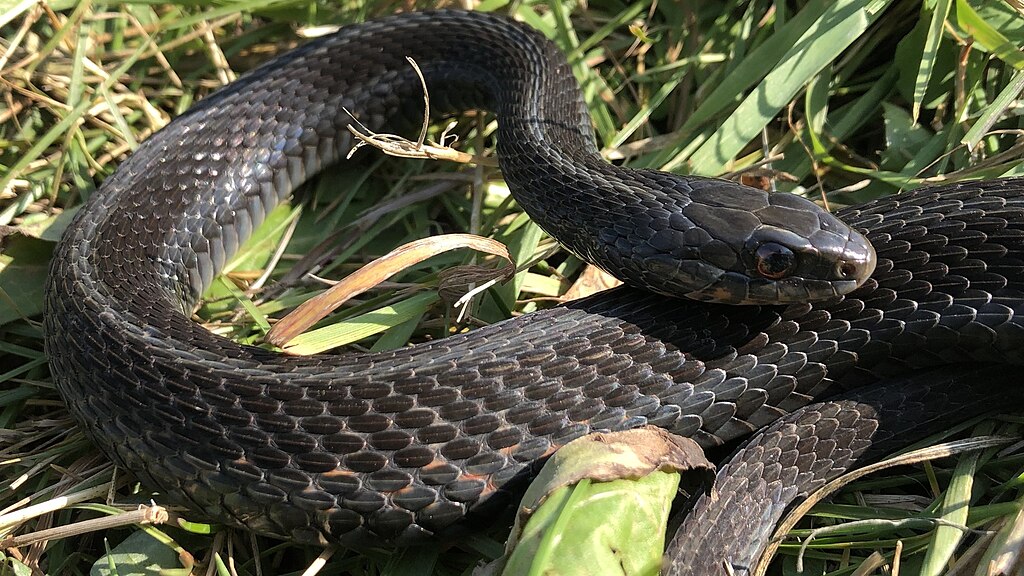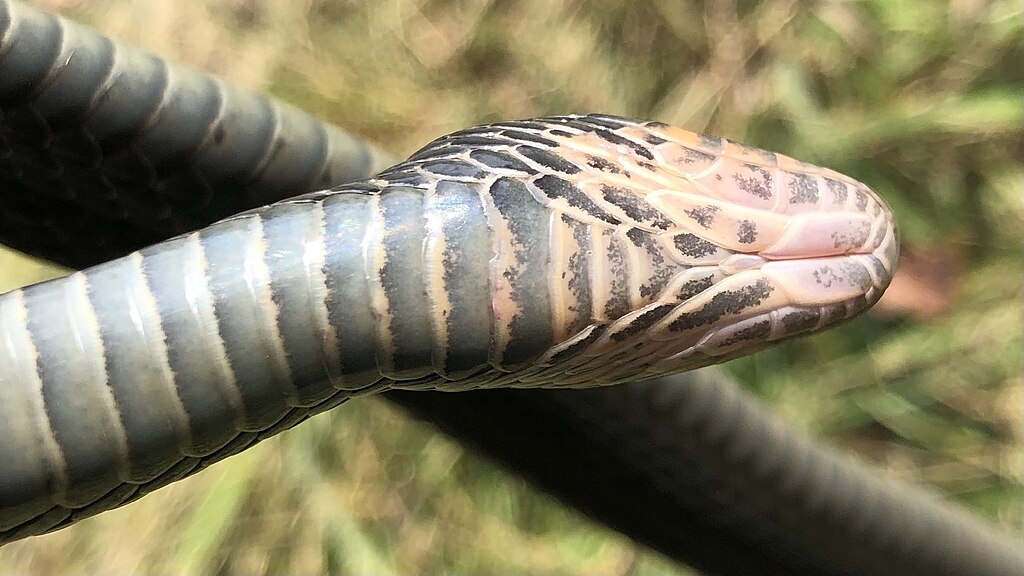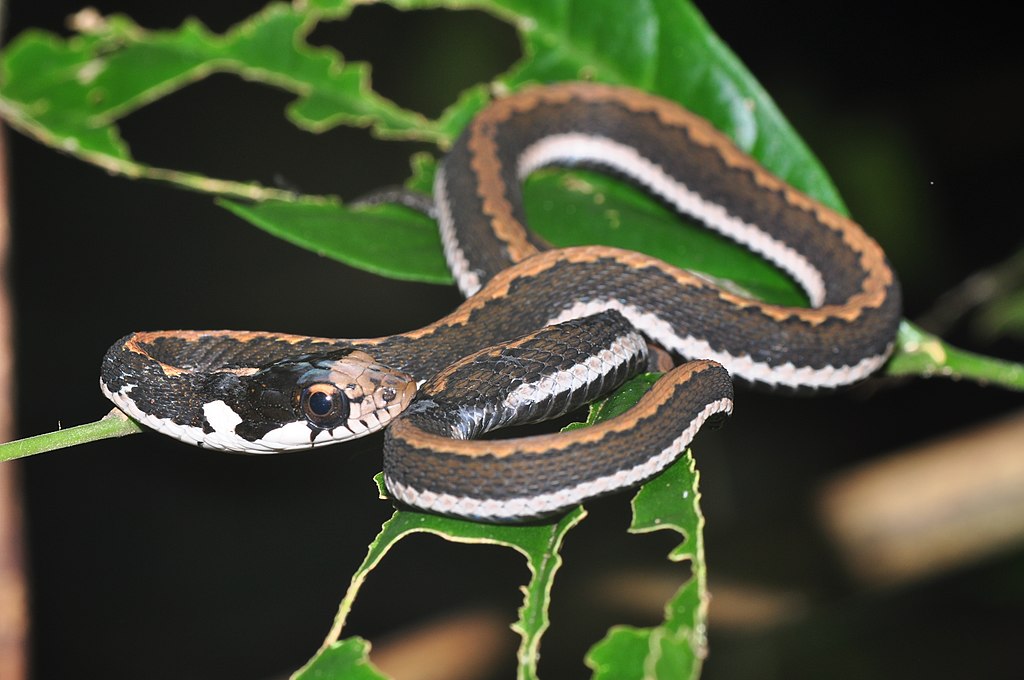In the world of reptile keeping, there’s an essential truth that experienced herpetologists and novice enthusiasts alike come to understand: routine is the cornerstone of successful snake husbandry. Unlike mammals that often adapt readily to changing environments, snakes are creatures fundamentally wired for predictability. Their evolutionary development has created animals that thrive when their world follows established patterns—from feeding schedules to environmental conditions. This need for consistency isn’t merely a preference; it’s deeply ingrained in their biological makeup and directly impacts their physical health, stress levels, and overall wellbeing. Understanding why routine matters so profoundly for pet snakes can transform your relationship with these fascinating creatures and ensure they live their longest, healthiest lives possible.
The Biological Basis for Routine in Snakes

Snakes have evolved over millions of years to function optimally within predictable parameters, a trait deeply embedded in their reptilian neurobiology. Their brains are primarily focused on survival functions rather than complex emotional processing, making environmental consistency crucial to their sense of security. When conditions remain stable, a snake’s body can allocate energy toward proper digestion, immune function, and growth rather than stress responses. Research has shown that consistent routines help regulate a snake’s metabolic rate, hormone production, and circadian rhythms—all critical aspects of their physiology. This biological foundation explains why even minor disruptions to established patterns can trigger stress responses that may not be immediately obvious to owners but can have cumulative negative effects on their health.
How Routine Affects Feeding Behaviors

Perhaps nowhere is routine more critical than in a snake’s feeding schedule, as irregular feeding can lead to serious digestive and behavioral issues. Snakes have evolved specific feeding cycles that, when respected, optimize their digestive efficiency and prevent problems like regurgitation or food refusal. Consistent feeding schedules—whether weekly for growing juveniles or every few weeks for adults—train a snake’s digestive system to prepare appropriate enzymes and blood flow patterns in anticipation of food. This predictability reduces the metabolic cost of digestion, which is extraordinarily energy-intensive for snakes compared to mammals. Additionally, established feeding routines minimize feeding-associated aggression in many species, as the snake comes to understand when food will appear rather than associating any disturbance to their enclosure with potential prey.
The Impact of Environmental Consistency

The physical environment a snake inhabits represents another crucial aspect of routine that directly influences their health and behavior. Maintaining consistent temperature gradients, humidity levels, and light cycles mimics the natural stability these animals would seek in the wild. Temperature fluctuations, in particular, can severely disrupt a snake’s ability to thermoregulate, potentially leading to compromised immune function and digestive difficulties. A properly maintained habitat with predictable day/night cycles supports natural behaviors and physiological processes, including proper shedding cycles. Many owners notice that snakes kept in environmentally stable conditions demonstrate more confident exploration behaviors and fewer stress-related issues like hiding excessively or refusing food. This environmental consistency creates a foundation upon which all other aspects of routine care can build.
Handling Routines and Trust Development

Establishing consistent handling protocols represents one of the most important ways routine influences the human-snake relationship. Snakes aren’t naturally inclined to enjoy human contact, but they can develop tolerance and even comfort with handling through predictable interactions. Short, regular handling sessions following the same approach patterns help a snake learn that these interactions aren’t threatening, reducing defensive behaviors like striking, musking, or ball-forming. Many experienced keepers establish specific “handling days” separate from feeding days to prevent confusion and reduce stress. This consistency helps snakes develop procedural memory associations that can counterbalance their natural defensive instincts. Over time, a snake handled on a predictable schedule typically becomes calmer, more explorative during sessions, and shows fewer stress responses like rapid breathing or tense muscle tone.
Recognizing Stress Signals from Routine Disruption

Being able to identify when a snake is experiencing stress from routine disruption is essential for proactive husbandry. Common indicators include unusual hiding behaviors, refusing meals, defensive posturing when normally calm, or changes in normal movement patterns within the enclosure. More subtle signs might include altered tongue-flicking frequency, abnormal defecation patterns, or inconsistent shedding cycles. Snakes subjected to unpredictable environments often demonstrate what herpetologists call “displacement behaviors”—activities that seem out of context, like excessive rubbing against enclosure walls or restless movement during normal rest periods. Physiological stress markers can include regurgitation after meals, weakened immune responses leading to respiratory infections, or scale abnormalities during shedding. Recognizing these signs early allows owners to identify and correct disruptions before serious health consequences develop.
Seasonal Considerations in Snake Routines

Even within an overall framework of consistency, many snake species benefit from subtle seasonal adjustments that mimic natural cycles they would experience in the wild. Species from temperate regions often demonstrate natural brumation tendencies during winter months, requiring slight temperature reductions and adjusted feeding schedules. Breeding-age snakes may show behavioral changes during spring that can be accommodated through minor routine modifications while maintaining overall predictability. These seasonal adjustments should be implemented gradually and consistently rather than as abrupt changes, giving the snake’s physiology time to adapt appropriately. Some advanced keepers create annual routine calendars for their collections that incorporate these gradual seasonal shifts while maintaining the day-to-day consistency that forms the foundation of good husbandry.
Building a Maintenance Schedule for Optimal Health

Beyond feeding and handling, developing a comprehensive maintenance routine ensures all aspects of snake care receive appropriate attention. Regular enclosure cleaning, water changes, substrate replacement, and equipment checks should occur on a predictable schedule that minimizes disruption to the snake. Many successful keepers maintain detailed logs tracking these maintenance activities alongside records of feedings, sheds, weight measurements, and behavioral observations. This systematic approach allows early detection of potential health issues through pattern recognition when normal parameters change. A well-designed maintenance schedule also helps prevent emergency situations by catching equipment failures or habitat degradation before they create crisis conditions. The most effective maintenance routines balance thoroughness with minimal disturbance, often incorporating quick daily visual checks with more comprehensive weekly or monthly procedures.
Adapting Routines to Different Snake Species

While routine is universally important for all snakes, the specific parameters require customization based on species, individual temperament, and life stage. Arboreal species like green tree pythons require different handling protocols than terrestrial species like corn snakes, while nocturnal species benefit from schedules that respect their natural activity cycles. Highly defensive species such as certain rattlesnakes or king cobras require specialized routine considerations that prioritize safety and stress reduction. Juveniles typically need more frequent feeding schedules and growth monitoring than adults, necessitating age-appropriate routine adjustments. The most successful snake keepers research their specific species’ natural history to develop routines that honor evolutionary adaptations while meeting practical husbandry requirements. This species-specific approach creates the optimal balance between the snake’s biological needs and the realities of captive care.
Traveling with Snakes: Maintaining Routine Away from Home

Situations requiring travel with snakes present unique challenges to routine maintenance that require careful planning. Whether for veterinary visits, relocation, or educational programs, transportation inevitably disrupts normal patterns and can cause significant stress. Experienced keepers minimize these effects by using appropriate travel containers that maintain proper temperatures and provide security during transport. Many recommend fasting snakes before travel to prevent regurgitation and scheduling journeys to minimize time away from the established habitat. Upon returning home, immediate restoration of normal routines helps the snake readjust quickly. For unavoidable longer absences, creating detailed care sheets for temporary caretakers that outline exact routines can help maintain consistency. The goal during any travel situation should be to preserve as many routine elements as possible while providing extra recovery time once normal conditions are restored.
Technology and Automation in Maintaining Snake Routines

Modern technology offers powerful tools for maintaining consistent snake care routines that were unavailable to previous generations of herpetoculturists. Programmable thermostats, automated misting systems, and timed lighting create environmental stability that manual management cannot match. Digital record-keeping applications allow owners to track feeding schedules, maintenance tasks, and health observations with unprecedented precision and consistency. Remote monitoring systems can alert owners to potential problems like temperature fluctuations before they become serious issues. These technological advances don’t replace knowledgeable husbandry but rather enhance human capability to provide consistent conditions. For many keepers, combining automated systems with manual oversight creates the optimal balance, allowing technology to handle routine environmental maintenance while the keeper focuses on nuanced observation and interaction.
Routine Disruptions: Recovery Strategies

Despite best efforts, routine disruptions occasionally occur through power outages, equipment failures, health emergencies, or necessary relocations. Having established protocols for these situations helps minimize their impact on snake health and behavior. The first priority during any disruption should be maintaining critical environmental parameters, particularly temperature, which may require emergency heat packs or temporary housing solutions. Once the immediate situation stabilizes, a gradual return to normal routines rather than abrupt changes helps reduce further stress. Many experienced keepers implement a “minimal handling” recovery period after significant disruptions, allowing the snake to readjust to normal conditions before resuming regular interaction. Monitoring for stress behaviors during recovery provides valuable feedback on when the snake has successfully readapted to their routine. With appropriate recovery strategies, most healthy snakes demonstrate remarkable resilience and can quickly return to normal patterns.
Common Routine Mistakes to Avoid

Even well-intentioned snake owners frequently make routine-related errors that can compromise their pet’s wellbeing. One prevalent mistake is inconsistent feeding schedules, particularly skipping weeks unpredictably or switching between live and pre-killed prey without proper transition. Another common error involves improper thermoregulation, especially failing to maintain appropriate night temperature drops for species that require them. Many new owners handle their snakes too frequently or at inappropriate times, such as immediately after feeding or during the beginning stages of shedding. Habitat disruptions through unnecessary redecoration or substrate changes can create significant stress, particularly for sensitive species or individuals. Perhaps most problematically, some owners fail to recognize subtle stress signals until they escalate into serious health issues or defensive behaviors. By understanding and avoiding these common pitfalls, keepers can create routines that truly support their snake’s specific needs.
The Long-Term Benefits of Consistent Care

The cumulative advantages of maintaining proper routines for pet snakes extend far beyond immediate behavioral benefits. Snakes kept under consistent conditions typically demonstrate significantly longer lifespans, with some well-maintained captive specimens living decades beyond their wild counterparts. Reproductive success rates dramatically improve with proper cycling and feeding routines for breeding animals. Disease resistance tends to be stronger in routinely-maintained snakes due to reduced chronic stress hormones that would otherwise suppress immune function. Perhaps most rewarding for keepers, snakes maintained on appropriate routines often develop more complex exploratory behaviors and interaction patterns as they allocate less energy to stress responses. This consistency creates a positive feedback loop where the snake’s improved health and behavior reinforce the keeper’s commitment to maintaining proper routines. The investment in establishing and maintaining these routines ultimately transforms snake keeping from simply housing an exotic pet to participating in a relationship built on biological understanding and respect.
Understanding and implementing appropriate routines for pet snakes represents one of the most significant factors determining success in reptile keeping. These remarkable animals have evolved exquisite sensitivities to their environments that require thoughtful, consistent husbandry practices. By honoring their biological need for predictability—from feeding schedules to environmental parameters to handling protocols—keepers create conditions where snakes can truly thrive rather than merely survive. The effort invested in establishing and maintaining these routines pays dividends in improved health, reduced stress behaviors, and often a longer lifespan for the snake. For those willing to respect these fundamental needs, pet snakes offer fascinating opportunities to observe and interact with living representatives of an ancient evolutionary lineage, creating relationships built on respect for their unique biological requirements.





